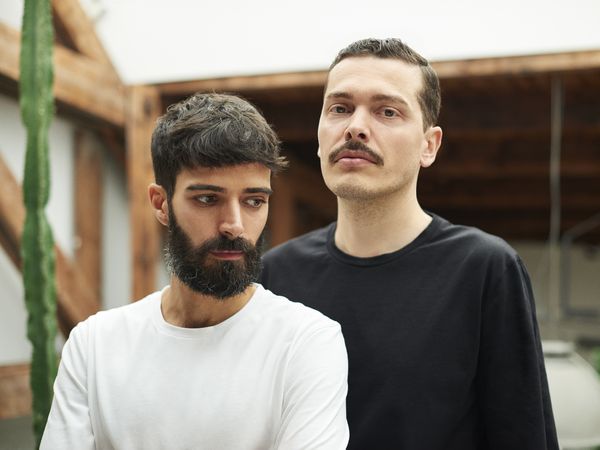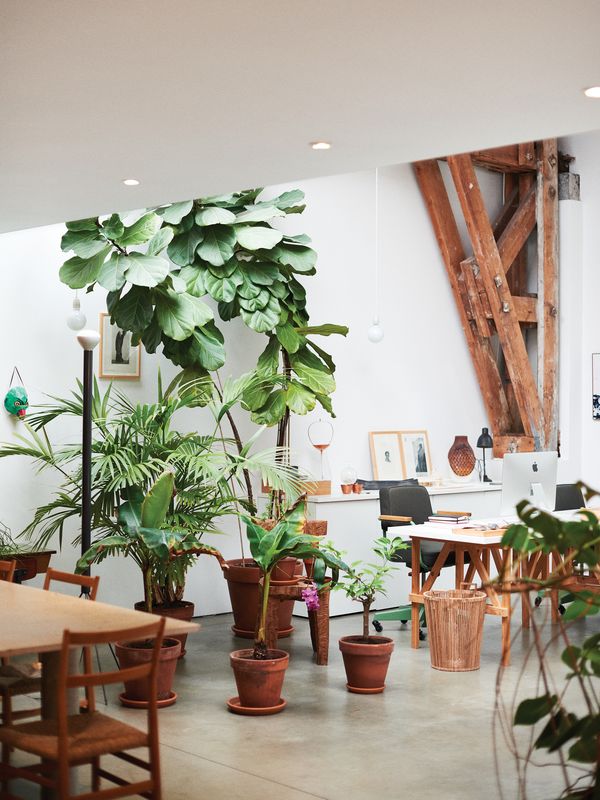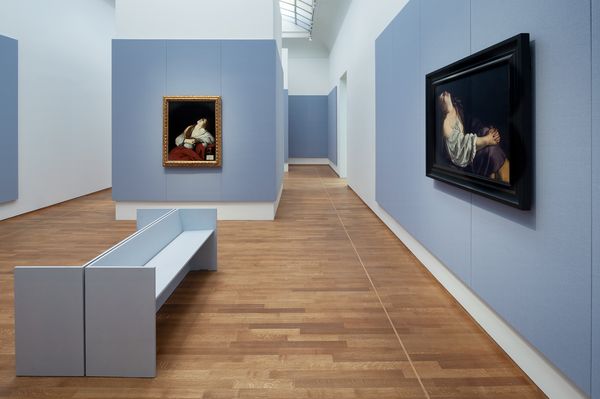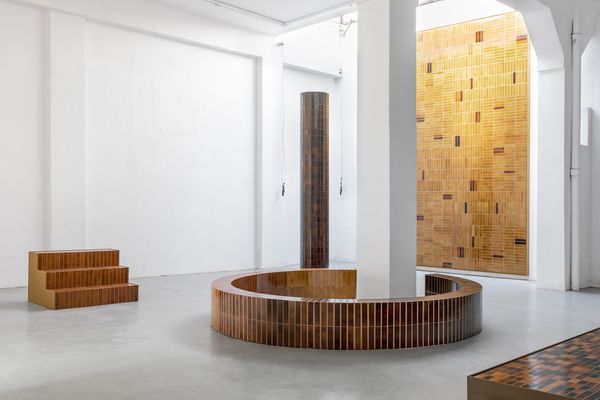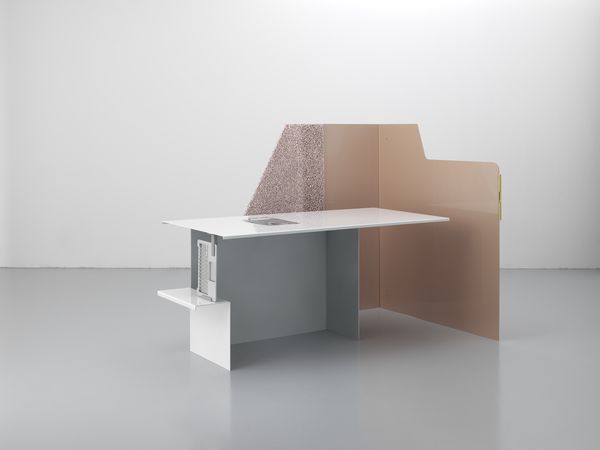Andrea Trimarchi and Simone Farresin of Formafantasma. Photo courtesy of Renee de Groot.
Andrea Trimarchi and Simone Farresin both graduated from the Design Academy Eindhoven in 2009 and subsequently began their collaborative design studio in Amsterdam called Formafantasma. Their product designs resist categorization in favor of an approach that centers around tenets of sustainability and a sociohistorical and cultural understanding of their materials. The designers frequently work on commissions for the wider design industry, with clients ranging from Fendi to J. & L. Lobmeyr. In addition to product design, the duo leads workshops and lectures at various design institutions and has curated exhibitions across the globe. Formafantasma’s work belongs to the permanent collections of museums such as the Museum of Modern Art, New York, the Metropolitan Museum of Art, the Victoria & Albert Museum, and the Centre Georges Pompidou, among many others.
This week the designers invited us into their Amsterdam studio where they showed us the objects they love most, and spoke with us about their design practice.
Inside Formafantasma's Amsterdam studio. Photo courtesy of Renee de Groot.
PHILLIPS: Is there a specific space or object within your home or studio that you draw inspiration from, or return to, when thinking about new ideas for your work?
FORMAFANTASMA: Inspiration is never stable, it changes over time. Nevertheless, there are things that are constantly relevant. One of our favorite objects is the box for sugar designed By Enzo Mari for Danese. Its political subtext is what makes it so inspiring.
Formafanstasma curated the exhibition design for Caravaggio-Bernini: Baroque in Rome at the Rijksmuseum, Amsterdam.
P: When deciding which materials you use in your work, what are the most important factors you consider? Are there any materials you’d like to explore next that you haven’t tried yet?
F: It depends on the work. The ecological implications of materials are of course a factor but also the cultural references that materials evoke. We believe designers should not have any favorite material because it’s the application that makes materials relevant or unsustainable.
In collaboration with DZEK, Formafantasma developed ExCinere, a line of ceramic tiles made from volcanic ash inspired by the Sicilian landscape where Trimarchi grew up.
P: What challenges do you often face in your design or creative process?
F: Design is not art. In this respect, we often work on commission. Infusing everything we do with meaning is what we care about and inevitably asks for a lot of work.
Commissioned by NGV Australia and the Triennale Milano, Ore Streams is a collaborative investigation into the recycling of electronic waste.
P: Having to step away from your usual day to day schedule, is there a book/film/project you’ll take this opportunity to begin (or return to)?
F: We recently watched for the first time a movie by Pier Paolo Pasolini that probably is actually one of his best. It is called Theorem and it is both formally accomplished and intellectually mesmerizing as are all his outcomes.
Photo courtesy of Renee de Groot.
P: Where is the future of your practice headed?
F: What we hope is to make our own practice more radical. To focus even more on what we think is important removing the superfluous.
Learn more about Formafantasma >
